The smart home is a concept that is gaining ground. Remote heating and air conditioning control is well known, but the concept also encompasses optimized constructions to reduce your bills, make your busy lives easier and contribute to sustainable development.
Would you like your home to be smarter? From optimizing home security to controlling lighting and temperature, smart home technology offers enormous potential. So how can you turn your home into a smart home? This article describes the basics of selecting and configuring a smart home system for your specific needs.
Home automation brings together all the technologies that make it possible to develop a smart home through electronics. It manages energy consumption via automation and has centralized management of electrical devices. If you are thinking about building a house consider to build from the beginning a smart house
Table of Contents
What is a smart home?
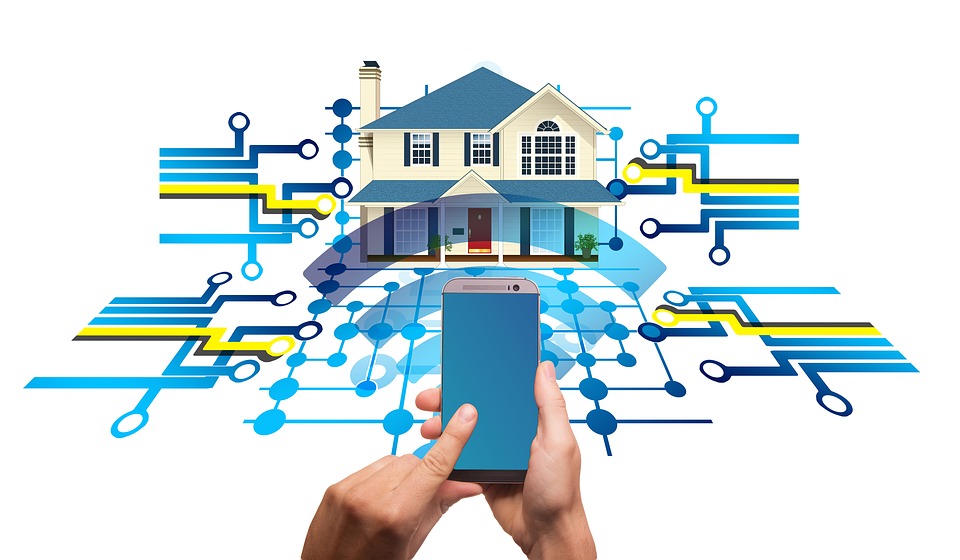
The smart home is the one that meets both your connectivity needs and the principles of optimizing energy resources. Making your home smarter refers to two key things. We first optimize energy consumption, by performing an energy analysis and making the necessary corrections, then we add interconnected control tools that allow the devices of the house to be used remotely.
How much does a smart home cost?
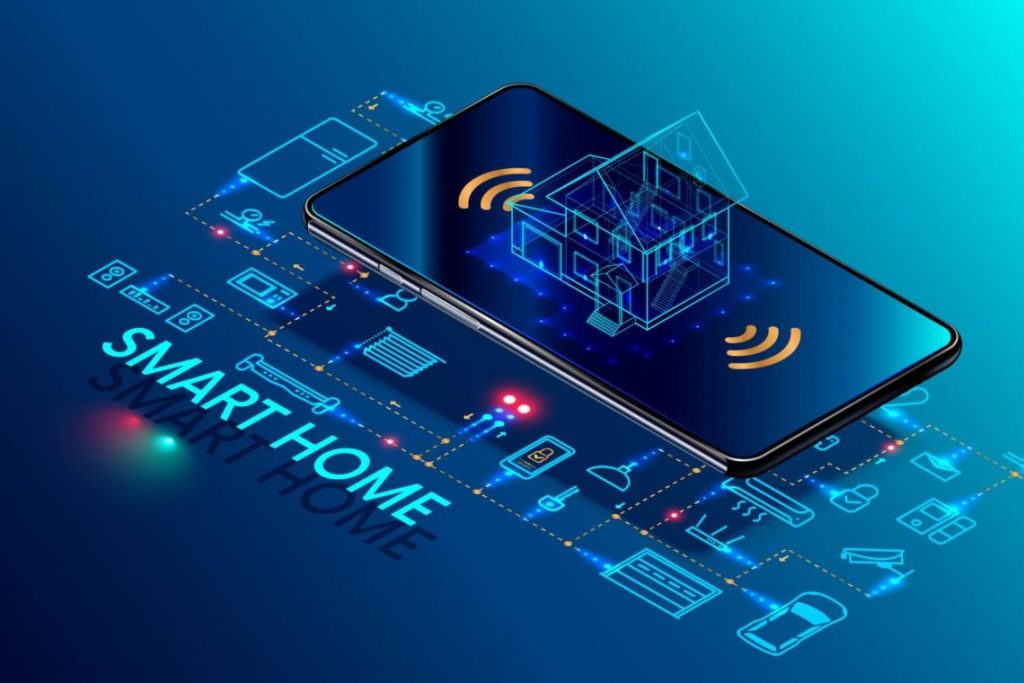
The price of building a smart home can vary widely. The variety of connectable devices on the market is now wide enough that you can actually bring most of your home’s functions online. And maybe your ideal smart home setup would just need one or two key devices (sometimes a single device can do a lot), lowering the cost.
However, the amount of smart devices in your home isn’t necessarily indicative of the overall cost of your smart home. While some individual devices can be quite expensive, a plethora of others are more affordable. Subscription fees for some devices also need to be considered, and are typically required to unlock additional features.
So for an initial smart home, assuming you already have a home internet router and smartphone, you can buy a device like the Google Home Mini speaker for around $ 40. A decent smart TV can be bought for around $ 500, and then you’ll already have two central smart home devices that can handle a lot of tasks, although TVs spawn subscription services. Maybe you’ll forgo the expensive TV and prefer a few useful little things (which we’ll cover later in this article) like smart bulbs for under $ 50 or even a smart thermostat for around $ 250 – so expect that a minimum smart home will cost you around $ 600 or less.
8 reasons to make your home smart
The smart home, or connected home, uses technology to facilitate the daily life of its inhabitants while respecting the environment. Everyone can, thanks to home automation, make their home comfortable and cozy and secure to protect their home from intruders, their children from life accidents or even achieve great energy savings.
A connected home

To be efficient, the smart home communicates: like a team! Home devices are connected by wired or wireless network, and everything can be controlled at one point. Using various tools ( remote controls, boxes, smartphone, tablet), the signals are transmitted to the various devices, making the environment quick and easy to master. These commands can be done inside the house but also remotely, with a smartphone for example.
A house protected from intruders
If a simple sound alarm is sometimes not enough to discourage burglars, clever solutions exist, and home security automation makes it possible to set up a real defense plan. The presence detection camera can generate an alert on a security service or even on your laptop, thanks to new applications: it is video surveillance. You are informed in real time and remotely if someone is trying to enter your home. You can then call a security company or the police.
A low consumption house
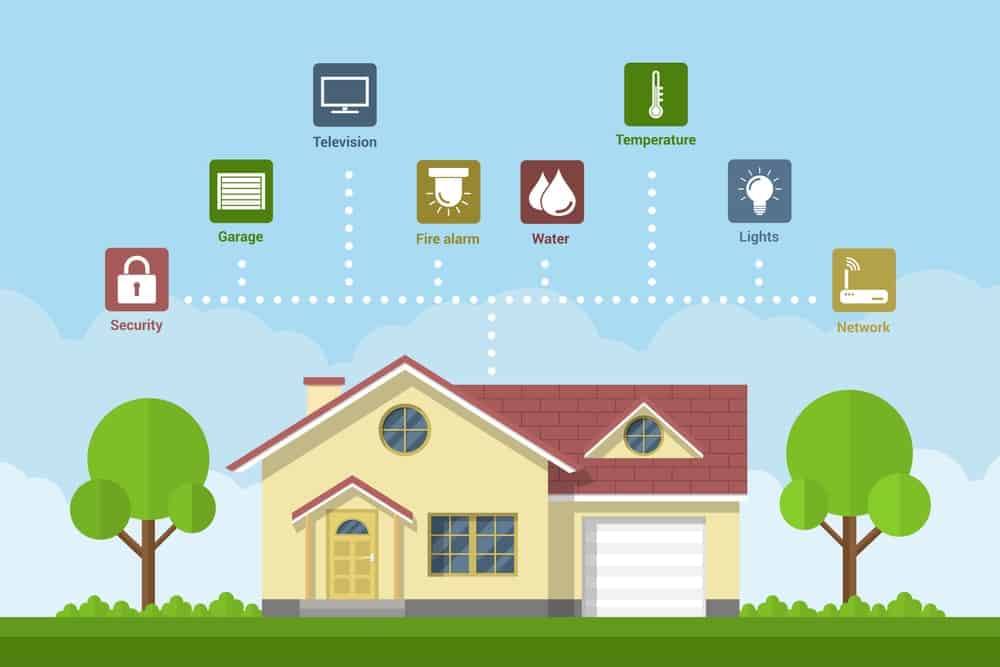
Technology and communication allow the programming of multiple devices in your home:
●the heating: it triggers an hour before arrival, and off when you leave;
●the lighting: timer and motion sensor you avoid oversights;
●the watering: the intelligent automatic irrigation is the most efficient. Programmed at night, the water does not evaporate, the plants are not scorched by the sun and you sleep soundly!
A house protected from domestic accidents
No one is safe from a fall, a cut, poisoning or a burn, or even a fire. Children are unfortunately the first victims of domestic accidents. The smart home makes it possible to limit risks by integrating:
●of smoke detectors;
●the detectors of carbon monoxide;
●self-triggered alarms if needed (PMR, for people with reduced mobility);
●motion detectors with alarm linked to your loved ones’ smartphones;
●remote surveillance cameras (for children and / or dependent persons).
A house adapted to the weather

The many sensors of the smart home make it almost autonomous to adapt perfectly to the weather:
●The shutters open in the morning and close at night.
●The sunroof of a conservatory can be more or less closed depending on the temperature of the room.
●The heating and air conditioning can adapt to the outside temperature in order to produce a pleasant room air that is consistent with the season! (Those looking to have 22 ° C all year round at home in all weathers lose energy and money!)
A house that can be closed with a button
After proper installation, you can close all the shutters of the house in a single gesture!
●Yourself, by activating the closure.
●Automatically, by programming the shutters to close at 9 p.m. for example.
This system offers:
●comfort;
●the security of knowing that everything is securely closed in your absence;
●the possibility of simulating a presence during his holidays, for example.
A house that goes out on its own
Very practical for heads in the air, the bulbs that turn on and off automatically dress the house of tomorrow.
Several advantages to this intelligent system:
●make believe that you are there, during your vacation or at night;
●make your life easier when you come home at night, shopping under your arm, your bag under the other, the mail between your teeth;
●detect a presence and scare the burglar;
●avoid wasting energy.
A house adapted to your old age

More and more companies are looking to help older people and people with reduced mobility stay at home. To do this, they anticipate the problems that people with loss of autonomy may encounter and implement appropriate technological solutions to facilitate their daily life, and that of their caregivers.
This goes through:
●adequate fittings: medical bed, bathtub with door, staircase lift;
●sensors to make the environment very practical (motion detectors for example), or to detect a malfunction or a fall and alert relatives;
●new applications for ordering meals, services and home care;
●manage the whole house thanks to a centralized control for all the home automation.
How to build a smart home?

If you have purchased land and are going to build your home on it, it is important to assess its location facing the sun. For example, a south-facing orientation allows maximum natural light to be obtained while reducing exposure to northerly winds (which is very positive, especially in winter!) Also consider placing openings, such as doors and windows, so as to limit their exposure to cold winds and to take advantage of the light in your central rooms.
When it comes to interior insulation in your home, consider using materials that pass waves to avoid problems with Wi-Fi signal broadcasting (especially if you work from home and need the Internet.) the implementation of the home automation system.
Choose your smart home system
One of the essentials that many people choose when starting a smart home is a voice activated speaker. This device can serve as a central platform from which many other devices can be controlled. Big tech giants like Google, Amazon, and Apple make these devices. Let’s see the pros and cons of each of their products.
Assistant Google
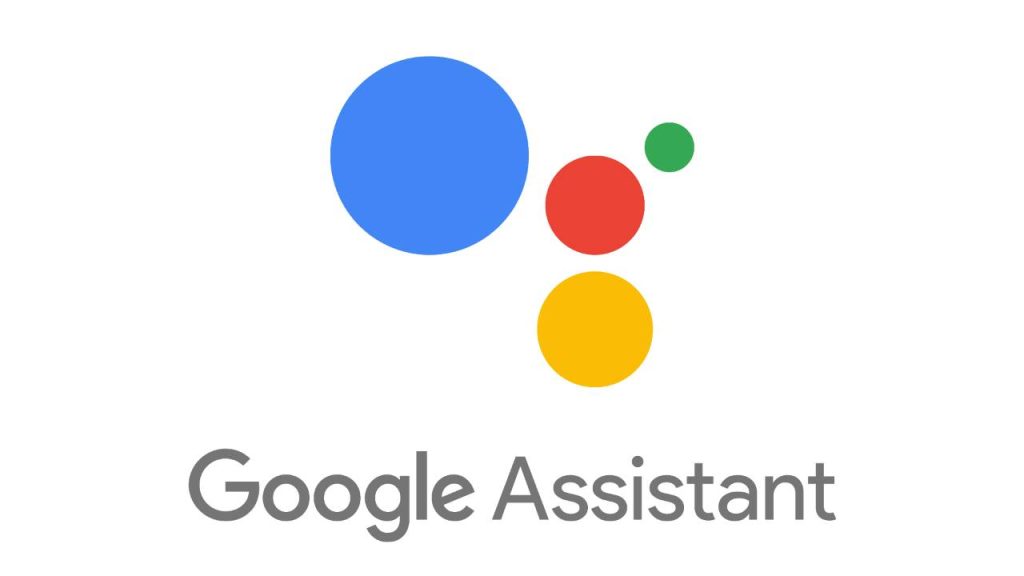
If you do some research, you’ll see that Google’s smart devices, which use Google Assistant AI, are really impressive in some areas, and somewhat lacking in others. Here’s a look at the Google Home smart speakers.
Advantages
●They have an excellent ability to answer questions and use Google’s massive Knowledge Graph. This means that Google Home speakers are designed to provide factual answers to a wide range of questions, answer your follow-up questions, and understand fluent English. In their current version, they can recognize different user voices. In this way, they appear more “human” and conversational than their competitors.
●They are indeed speakers, so they can play music from YouTube, Google Play, and Spotify, or send audio to other speakers in your home. Plus, they can send videos from online platforms to your TV. They also support Bluetooth functionality.
●You can give instructions that involve other smart devices like “turn on living room lights”. You can make hands-free calls in the United States and Canada (but the speakers cannot receive calls).
The inconvenients
●If you’re looking to make a Google Home speaker the center of your smart home, you might want to consider its limited compatibility with other products compared to Amazon’s (although it’s still quite considerable).
●There aren’t enough buttons on single speaker models (for this you need to invest in a model with a built-in display, the Google Home Hub). Yes, voice recognition is one of the marketed benefits of a smart home speaker, but sometimes you have to see and type.
●Google speakers can’t send emails , which even some cars can. If you want to act like Iron Man roaming his cyber-mansion, launching pointed missives using only your “golden voice”, then you better look elsewhere.
Amazon Alexa
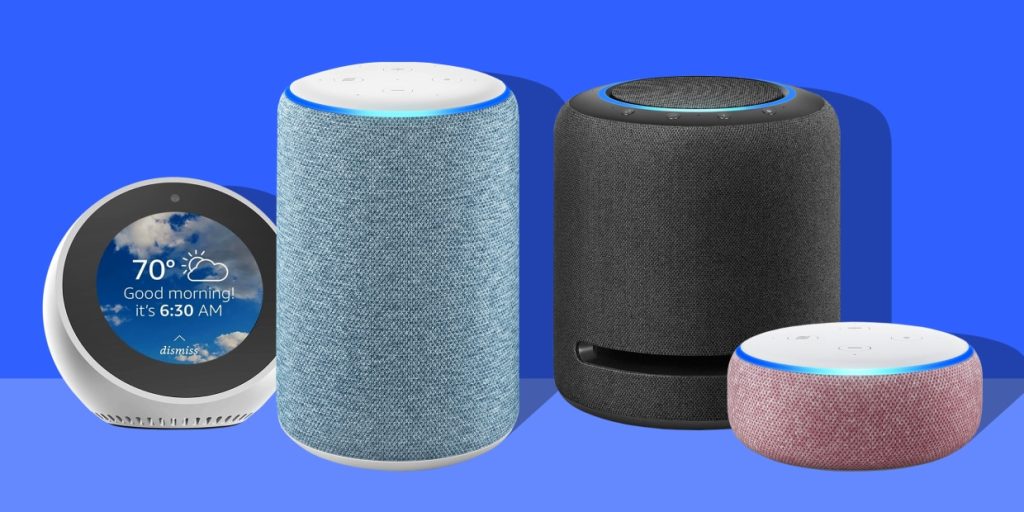
Alexa is Amazon’s AI interface, which is used in their Echo smart speaker series. Echo speakers are currently quite affordable and some models can be purchased for less than $ 100.
Advantages
●Alexa has a massive and ever-growing amount of “skills,” which are the equivalent of third-party apps for features like weather, traffic reports, homework help, car control, and pretty much anything you can think of. can think of.
●You can give instructions that involve other smart devices like “turn on living room lights”. You can make hands-free calls, but you will need additional equipment (Echo Connect) to receive calls.
●Alexa systems are compatible with award-winning Sonos speakers if you really want a high-fidelity, hands-free listening experience.
The inconvenients
●Compared to Alexa, Google Assistant devices are better suited for responding to factual questions quickly because they have this huge knowledge base. If you dream of walking around your living room, inundated with discreet information, better to use the Google system. However, Alexa’s skill compatibility partially makes up for this.
●Unlike Google speakers, Amazon speakers must be prompted to switch users so that they can integrate different voices.
●The sound quality of many Echo speakers is considered insufficient compared to its competitors.
Apple Siri

Apple products have a certain cachet, and their devoted followers go nowhere else. And, since they’re a large company and have launched a competitor product to Amazon Echo and Google Home, we feel compelled to compare it. However, you should know that the functionality of the Apple Home Pod is much more secondary than the previous two mentioned.
Advantages
●Apple HomePod undoubtedly delivers the best sound of the three smart speakers discussed here, plus built-in volume controls. It is therefore more of a speaker than the others. Its main function is to play music. If excellent audio quality is your main feature in a smart speaker, you won’t have to buy any other equipment like a Sonos speaker to make everything sound great.
●You can create custom commands to control smart home features, but keep in mind that if you center your smart home around this Apple product then you will need to be prepared to invest in the more limited range of compatible devices. with HomeKit , which is Apple’s software for connecting various smart devices.
●You can stream music from your phone to HomePod simply by placing your iPhone near the device, it also has a sleek touch surface to adjust the volume. Or, if you’d rather keep your distance, the HomePod’s microphone is good enough to pick up your voice from afar.
The inconvenients
●Limited compatibility. HomePod is the most expensive and least compatible brand of the three featured here. While both Google and Amazon speakers are compatible with Apple phones, the reverse doesn’t work: you have to use an iPhone or iPad as a display for HomePod to work, and those will each cost you dearly. Also, since there is currently no model with an integrated display for HomePod, you will end up paying a lot more than you would for a compact model with an integrated display from Google and Amazon.
●Limited functionality You can’t order food or take it for walks, set calendar events or make phone calls.
●If your main interest is to interrogate your smart speaker like you’re a game show host, then you probably won’t go for a Siri device – it wouldn’t be as proficient as the two competing AI systems mentioned. here. This lack of sophistication also includes not being able to discern different voices; anyone speaking can activate it, which can be a problem.
Build your smart home system
Not only is a given smart device more efficient than it might appear at first glance, there is now a very diverse range of smart devices on the market. While it may initially be tempting to integrate and automate almost any household equipment you own, you must be wondering if these new devices are really well designed and useful. For many products, the original analog version still beats the next generation version in simplicity and efficiency.
Smart lighting
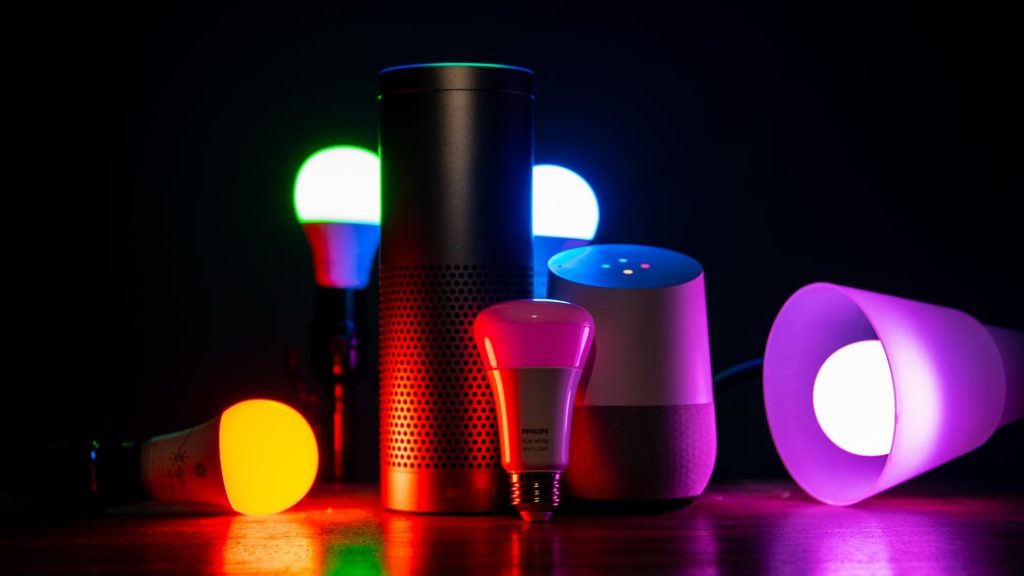
Although a single smart bulb is much more expensive than a regular bulb, it will save energy and last longer. Consider the fact, however, that you may need to get a few smart bulbs for their addition to be more than just a novelty in your home.
Like most IoT devices, smart bulbs have some very useful features and others that are more for fun. The ability to dim or increase the lighting using your phone or even a voice command is probably the most central and useful feature. Changing colors is probably less necessary, although many find it a charming aspect of smart lighting.
Intelligent temperature systems
Smart temperature systems work on the same principles as smart lighting: higher level systems are designed to know what you want and automate many of the standard manual adjustments that one has to make with non-smart systems.
For example, the smart thermostat company Nest, which recently partnered with Google, created a “learning” thermostat that determines what your preferences are and adjusts them accordingly, after collecting enough data about your habits. In this way, it can maintain the right temperature and save energy while you are away. If you holding on a fact that you can help the environment with your home thing about combining a smart house with eco house.
Connected security devices
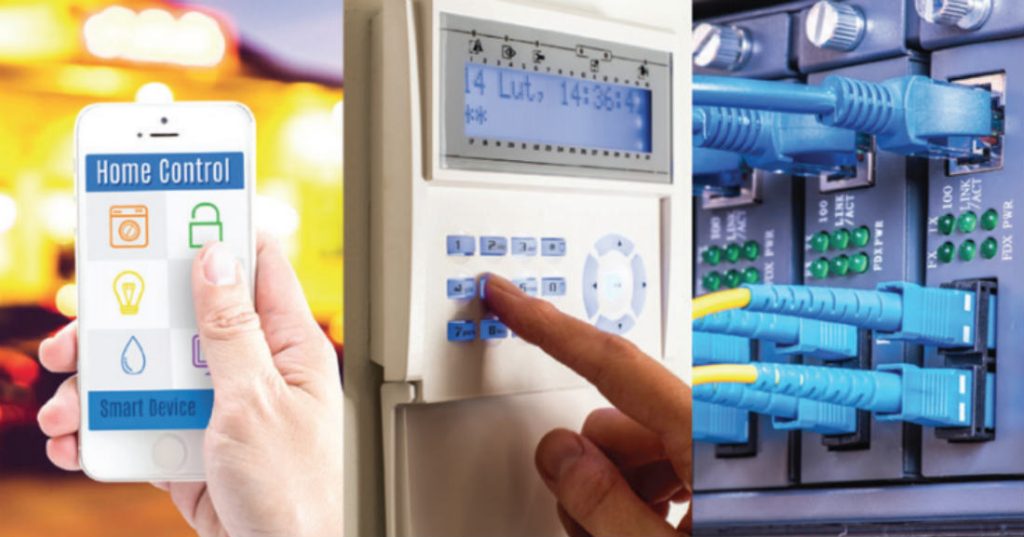
The field of smart home security devices is quite diverse. You can choose to invest in a complete system or a single device.
Some are to be installed yourself, others require professional installation. Then, some systems require you to do the monitoring yourself, while others involve a subscription fee to have your home monitored around the clock and the police or fire department contacted when alarms go off.
The video phones are one of the most popular unique safety features. Yes, the days of the simple peephole are over: now you can look at your smartphone screen to see who is standing in front of your door. To some people, this device may seem paranoid; for others, it may be a reasonable way to avoid going to their front door and pretending not to be home.
Smart home appliances
Refrigerators, washing machines, vacuum cleaners; yes, as we mentioned earlier, almost anything can be a smart device these days. Samsung, for example, is making washing machines more sophisticated than ever. Have you ever scratched your head in front of a dark control panel? Well, their smartphone interface makes it easy to select the type of wash you want, including notifications when it’s done. No need to listen to that shrill noise coming from your basement anymore.
Smart sockets

Many smart plugs are compatible with Amazon and Google products, but as you would expect less with Apple products, so take a look at the specs of the plug you want to buy. Some smart plugs let you control how much power you use, but after that the conclusions you draw are up to you (Hey Junior, more from Nintendo!). The great thing about smart plugs is that they allow you to control non-smart devices without actually having to buy new devices.
You can even program devices to turn them on in unison, for example, turn off lights, turn on music, turn up the heat, and more. You can use your imagination. Such unison programming is called “scenes,” and with them your home will begin to approach the charming levels of automation once reserved for jaded protagonists of sci-fi movies.
Securing your smart home
Let’s face it: smart home devices have come under a lot of criticism for the security risks they pose. While it’s understandable that these concerns can all merge into one paranoid soup, it’s worth noting that there are different facets to IoT security issues: those that are fundamental to the functioning of IoT devices, and those that represent more exceptional flaws in these machines.